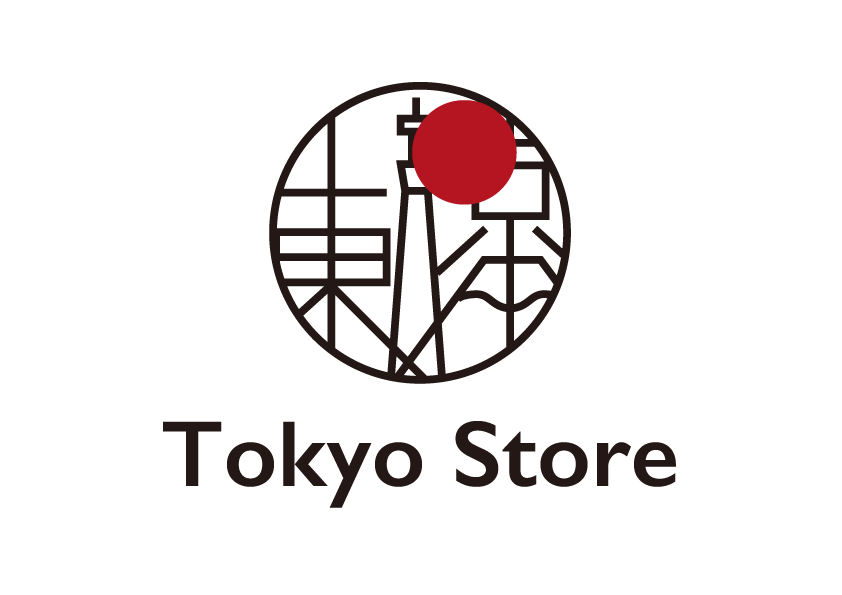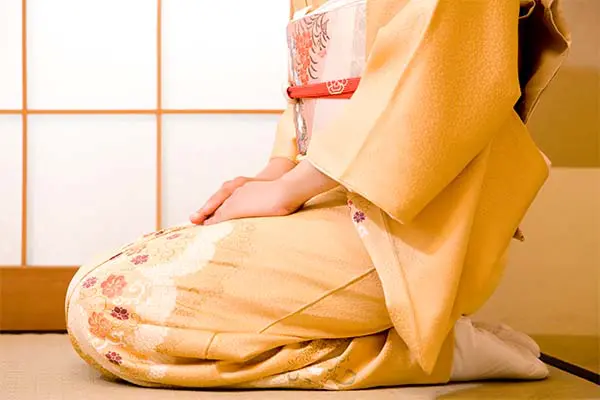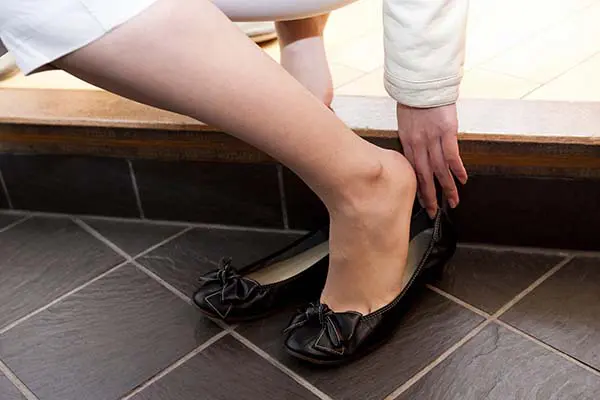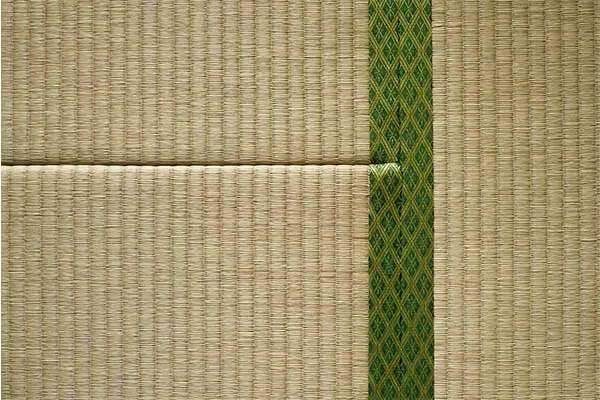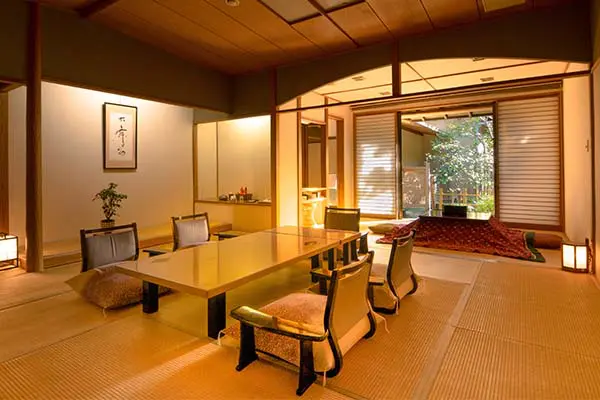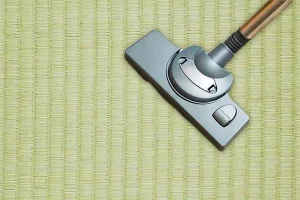Why do Japanese people sleep on tatami mats?
Contents
Japanese traditionTatami mat style
Not surprisingly, tatami is a unique Japanese culture, unparalleled anywhere in the world. Japanese people have long lived their lives sitting on tatami mats. That way of sitting is called “Seiza”. In addition, several other manners exist when walking on tatami.
Traditional Japanese culture such as tea ceremony (Sado), calligraphy (Shodo), flower arrangement (Kado), and judo (Judo), all of which have a “DO” rooted in Japan, are closely related to the traditional tatami mat.
Tatami mat can be thought of as the foundation that created the Japanese spirit.
Why do the Japanese remove their shoes?
The history of tatami dates back to around the 10th century BC. At that time, Japanese dwellings changed from yokoana dwellings to pit dwellings and then to stilt houses.
Stilt houses are well ventilated and were initially used as warehouses. However, after tatami mats and other floor coverings were created, people began to live there.
Looking at the picture scrolls of the Heian period, it seems that the aristocrats lived in a house with a floor and removed their shoes, so it is likely that the habit of removing their shoes was already born at this time.
Because of Japan’s hot and humid climate, many innovations are used in traditional Japanese houses to prevent humidity.
In addition, Japan has a word for “Kegare(汚れ)” and is very averse to bringing dirt into the house. Today, it is rare for people to wash their feet before entering a house, but until the Edo period, it was customary to wash one’s feet before entering a house. Even today, some people take a shower as soon as they get home.
No one knows why the Japanese established the culture of taking off their shoes, but because of their preference for a hygienic lifestyle, the Japanese have devised various ways to stay clean in their daily lives, in addition to taking off their shoes.
Tatami mats are Beneficial for your back
Comfortable sleeping by laying a futon on a tatami mat
Tatami is resilient, not too hot in summer and not too cold in winter. The secret of elasticity is actually in Tatami Rush.
Tatami Rush is a thin and long fibrous plant, but its cross-section is sponge-like and contains a lot of air. By knitting it without gaps, the thickness and elasticity will come out. In addition, the Tatami mat has a moderate hardness, so the spine is stretched.
The elasticity of the tatami mat made in this way helps to create a comfortable sleeping environment. Japanese futons are thinner and firmer than modern mattresses. However, the hardness of the futon is softened by laying it on the tatami mat, allowing for a comfortable sleep.
However, it may not fit the body depending on the human skeleton. If this is the case, please change your sleeping style to another method.
Other Beneficial
Tatami’s pleasant texture and aroma
“Tatami Rush”, the raw material for tatami mats, has a unique scent that has an elastic feel and a relaxing effect. For Japanese people, it is nostalgic, refreshing, and very comfortable to the touch and scent.
Its fragrance, reminiscent of young grass, lasts surprisingly for several years. Of course, the smell is strongest when it is freshly made, but tatami rooms are also attractive because the good smell of rush grass lasts a relatively long time.
Japanese people love this scent so much that they regularly change to new tatami mats.
High heat insulation and heat retention of tatami mat
Since tatami mats contain a lot of air, they have high thermal conductivity and are difficult to transfer heat. It does not allow cold air to pass through but has the property of storing warm air.
The tatami mat has excellent moisture absorption and desorption
Tatami Rush has the property of controlling moisture. Tatami mats absorb moisture to keep you cool in humid summers and release moisture to keep you warm in low humidity winters.
Ideal for the hot and humid climate of Japan.
Tatami mats can be expected to have a deodorant effect and air purification
Tatami mats have the function of adsorbing nitrogen dioxide and VOCs (volatile organic compounds), which harm the human body and cleaning the air.
The tatami mat also has a deodorant effect and creates a comfortable room.
The tatami mat has sound absorption and insulation effects
Since the tatami mat is elastic, it softens the impact and absorbs the sound. You don’t have to worry about waking up with the sound of turning over when you are sleeping.
Let’s expand the space of the room with tatami mats!
There are various size types such as easy-to-carry folding mats and square-type Tatami mats.
For example, in the case of laying a futon on a tatami mat, you can fold it compactly and clean up the sleeping space, so you can use the living space widely, which is very convenient. You can effectively use the limited room space.
TokyoStore’s recommended
Author Profile
Latest entries
 Kotatsu Futon comforter2024年7月1日New Arrival Kotatsu Futon Comforter
Kotatsu Futon comforter2024年7月1日New Arrival Kotatsu Futon Comforter Noren Tapestry2024年6月13日Noren Tapestry Features Masterpieces by Japanese Genius Ito Jakuchu
Noren Tapestry2024年6月13日Noren Tapestry Features Masterpieces by Japanese Genius Ito Jakuchu Tatami mat2024年6月6日New Arrival Tatami Igusa yoga mat Tatami mat
Tatami mat2024年6月6日New Arrival Tatami Igusa yoga mat Tatami mat Noren Tapestry2024年5月31日Incorporating the works of Maruyama Okyo into Noren tapestries
Noren Tapestry2024年5月31日Incorporating the works of Maruyama Okyo into Noren tapestries
